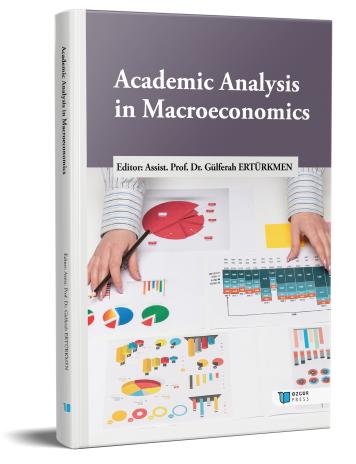
The Relationship Between Tourism, Trade Openness and Economic Growth: The Case of BRICS-T Countries
Chapter from the book:
Ertürkmen,
G.
(ed.)
2024.
Academic Analysis in Macroeconomics.
Synopsis
With the acceleration of globalization, the relationships between trade openness, tourism and economic growth have become an important area of interest in academic literature. Trade openness has the potential to support economic growth by increasing the integration of countries into international markets and stimulating the tourism sector. Especially in emerging economies such as BRICS-T countries, the contribution of trade and tourism to growth is of strategic importance in terms of sustainable development goals. This study examines the causal relationships between economic growth, tourism and trade openness variables in BRICS-T countries. The Dumitrescu-Hurlin panel causality test was applied in the analysis conducted using annual data for the period 1995-2020. The findings of the study reveal that there is no statistically significant causal relationship between economic growth and tourism in BRICS-T countries. However, a unidirectional causality from trade openness to economic growth was determined. Similarly, a unidirectional causality relationship from trade openness to tourism was determined. The study emphasizes the importance of trade openness policies that support economic growth and contribute to the development of the tourism sector in BRICS-T countries. In this context, it is thought that the findings may guide policy makers in BRICS-T countries in developing strategic steps to promote economic growth and the tourism sector.

